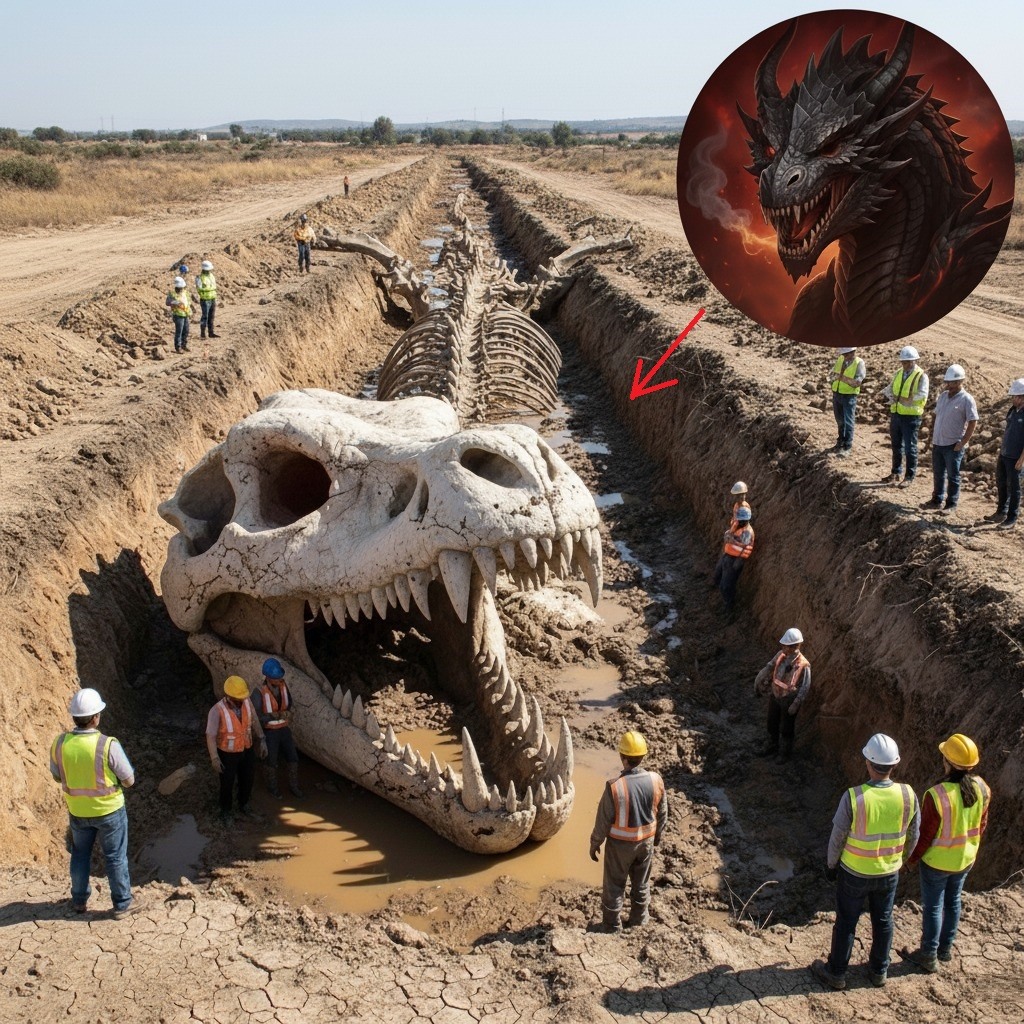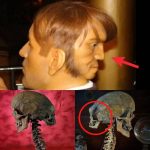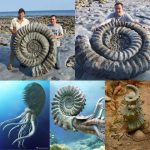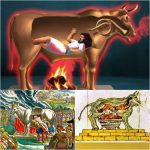The Atacama Leviathan: When Fossils Meet Legends

In the desolate expanse of Chile’s Atacama Desert, where the arid landscape is one of the driest on Earth, an extraordinary discovery has captivated scientists and myth enthusiasts alike. Fossilized remains have been unearthed—colossal and unlike anything previously documented. Early scans suggest that this is not a dinosaur, but a gargantuan reptilian creature whose proportions seem to echo the dragons of ancient legend. This astonishing fossil has been dubbed the Atacama Leviathan, and its discovery raises more questions than answers. Could this be evidence of a lost branch of prehistoric life—or is there truth behind the myths of winged serpents and ancient dragons?

A Giant Unearthed in the Desert
The Atacama Leviathan is unlike anything that has been discovered before. Stretching hundreds of meters in length, the fossilized remains appear to belong to an enormous reptile, far surpassing the size of any known species of ancient sea or land creatures. Scans of the skeleton’s structure hint at powerful, serpentine proportions, leading some paleontologists to consider the possibility that it was an apex predator of its time.
What makes this discovery even more captivating is the manner in which it mirrors creatures from ancient mythologies. Stories of dragons—winged, serpentine creatures—have been woven into the folklore of countless cultures throughout history. Could the Atacama Leviathan be a link between the myths of old and the reality of prehistoric life?
Science vs. Myth
Scientists are still debating the exact nature of the Atacama Leviathan. Unlike traditional dinosaurs, which are often described as terrestrial or marine animals, this creature’s massive size and serpentine structure suggest a unique evolutionary path. Some paleontologists speculate that it may represent a forgotten branch of reptiles, possibly linked to ancient marine or flying species that evolved in ways previously unknown to science.

Yet the discovery also prompts reflection on the power of myth. Throughout history, cultures have described dragons and serpent-like creatures, often as symbols of power, mystery, and danger. The resemblance between these myths and the Atacama Leviathan raises the tantalizing question: could the stories of dragons have been inspired by real creatures, preserved only in the imaginations of early humans?
The line between myth and reality is often blurred, especially when it comes to ancient legends. Could these dragon myths have been based on fossilized remains of creatures like the Atacama Leviathan, passed down through generations as part of humanity’s collective memory?
Excavation and Implications
As the excavation continues, paleontologists and archaeologists are carefully analyzing the remains to understand more about the creature’s size, habitat, and lifestyle. If confirmed to be a previously unknown species, the Atacama Leviathan would rewrite parts of the prehistoric record, offering new insights into the ancient ecosystems of the Atacama region.
The discovery also carries cultural and historical significance. It invites us to reconsider the ways in which legends and science intersect—how stories handed down through generations may, in some instances, be rooted in truth. The Atacama Leviathan could potentially bridge these two worlds, uniting the fantastical with the factual.
Conclusion
The Atacama Leviathan is a discovery that challenges our understanding of both prehistoric life and myth. Its colossal remains, stretching across the barren desert, evoke images of dragons and serpents from ancient stories, bringing us closer to the mysteries of the past. As scientists continue to uncover its secrets, we may find that the boundary between legend and reality is not as clear-cut as we once thought, and that some of the most fantastical myths may hold more truth than we ever imagined.











